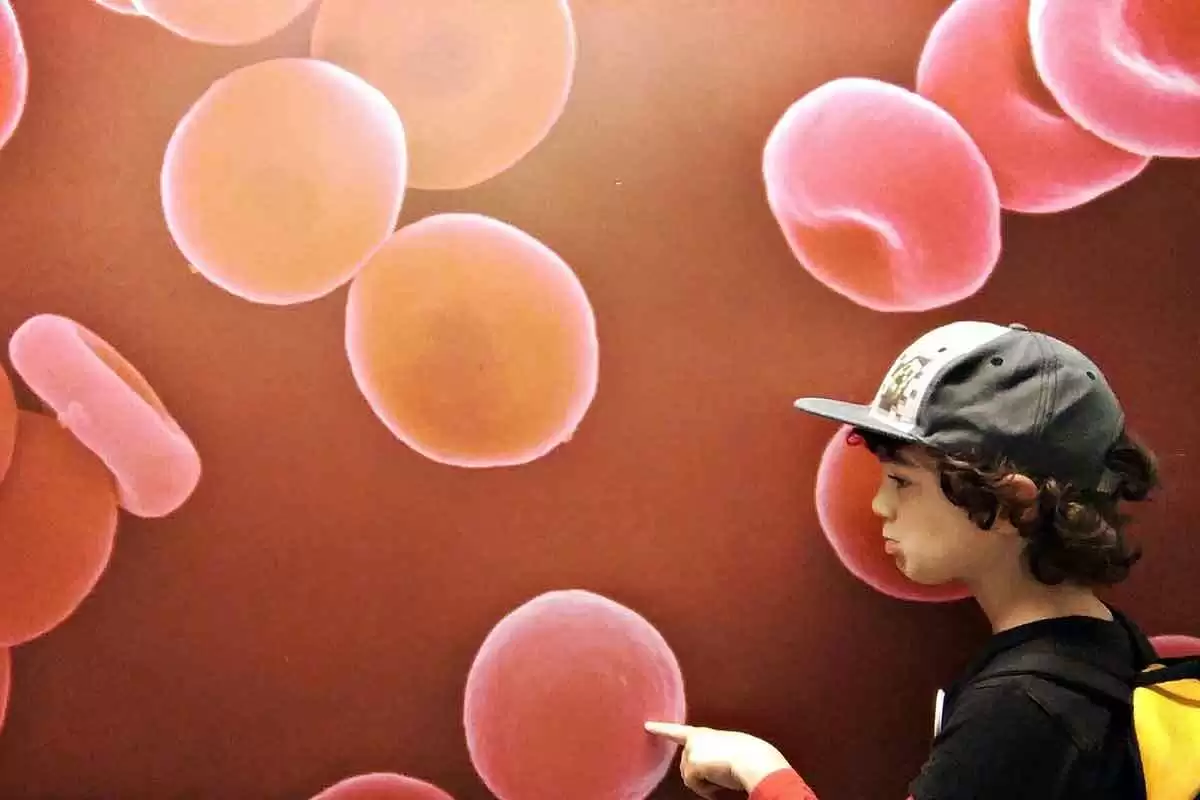
Celiac.com 09/30/2021 - Anemia is common in children with celiac disease, but the details of how the disease develops in the gut remain obscure. One possible explanation could be an abnormal expression of duodenal iron transport proteins. However, the results have so far been unclear.
To get a better understanding of the issue, a team of researchers recently set out to compare immunohistochemical stainings of duodenal cytochrome B (DCYTB), divalent metal transporter 1 (DMT1), ferroportin, hephaestin and transferrin receptor 1 (TfR1) in duodenal biopsies between 27 children with celiac disease and duodenal atrophy, 10 celiac autoantibody-positive children with potential celiac disease and six autoantibody-negative control children.
Celiac.com Sponsor (A12):
The team looked at data for forty-three subjects, twenty-three with anemia, and twenty without. For both groups, the team evaluated expressions of iron proteins with respect to saturation and amount of stained area or stained membrane length of the enterocytes.
The team's results showed an increase in the stained area of ferroportin, and a decrease in the saturation of hephaestin, in celiac patients versus control subjects.
Meanwhile, the team found no differences in the expression of transporter protein between anemic and non-anemic patients.
The present results indicate a change in ferroportin and hephaestin proteins in children with histologically confirmed celiac disease that is independent of iron status.
Being able to spot celiac disease in children using simple stain reactions could be helpful to improving early diagnosis of celiac disease.
Read more at mdpi.com.
The research team included Marleena Repo, Markus Hannula, Juha Taavela, Jari Hyttinen, Jorma Isola, Pauliina Hiltunen, Alina Popp, Katri Kaukinen, Kalle Kurppa, and Katri Lindfors, and Isabel Comino. They are variously affiliated with the Tampere Centre for Child Health Research, Tampere University and Tampere University Hospital in Tampere, Finland; the Celiac Disease Research Center, Faculty of Medicine and Health Technology, Tampere University, Tampere, Finland; the Faculty of Medicine and Health Technology and BioMediTech Institute, Tampere University in Tampere, Finland; the Central Finland Central Hospital in Jyväskylä, Finland; the Laboratory of Cancer Biology, Faculty of Medicine and Health Technology, Tampere University in Tampere, Finland; Jilab Inc., in Tampere, Finland; the National Institute for Mother and Child Health, Carol Davila University of Medicine and Pharmacy, Bucharest, Romania; the Department of Internal Medicine, Tampere University Hospital, Tampere, Finland; and the Department of Pediatrics, Seinäjoki Central Hospital and University Consortium in Seinäjoki, Finland


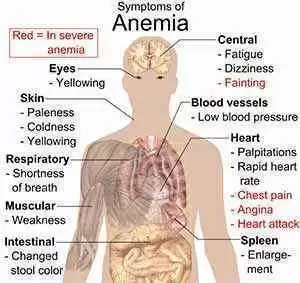
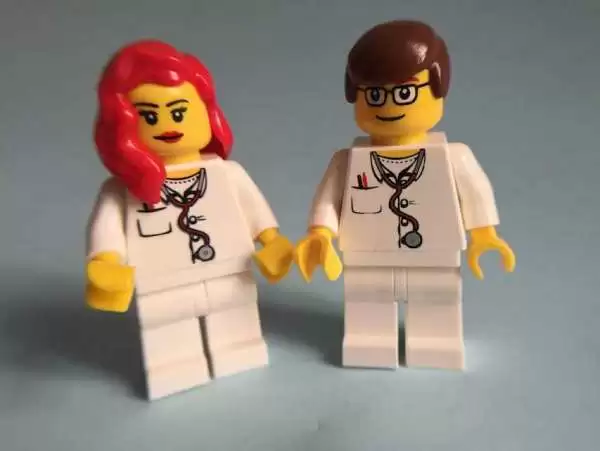
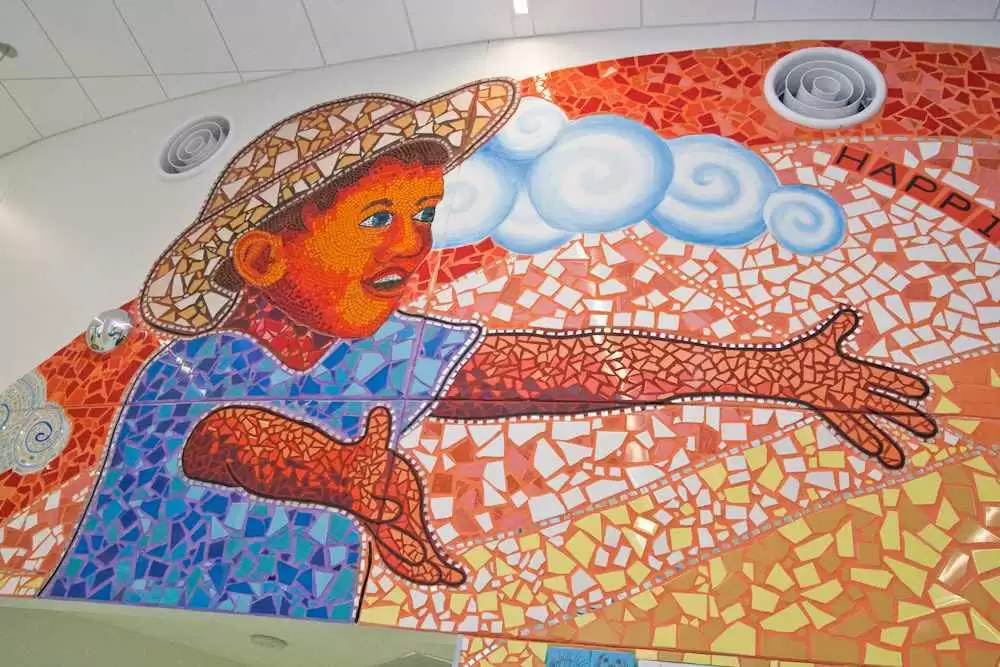

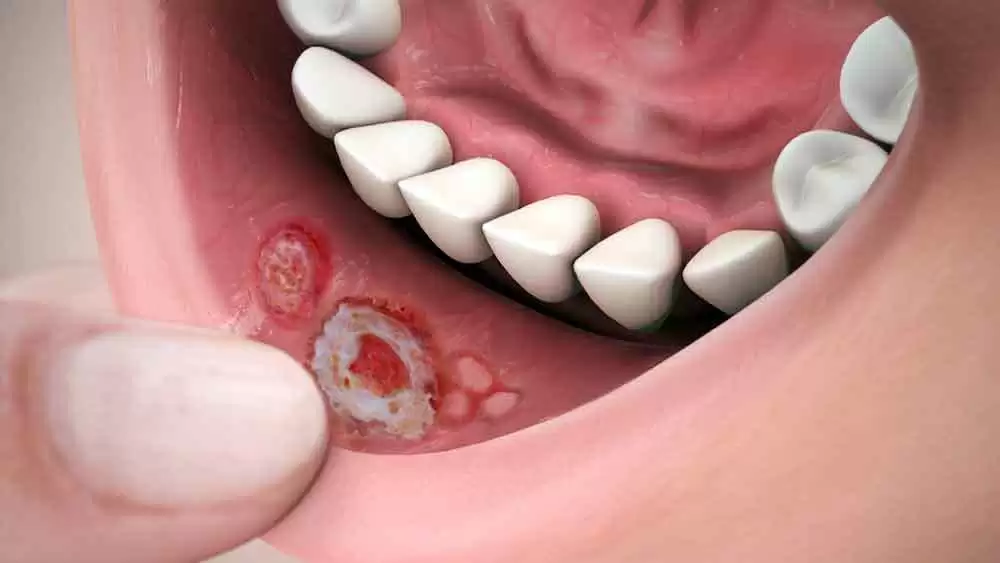



Recommended Comments
Create an account or sign in to comment
You need to be a member in order to leave a comment
Create an account
Sign up for a new account in our community. It's easy!
Register a new accountSign in
Already have an account? Sign in here.
Sign In Now